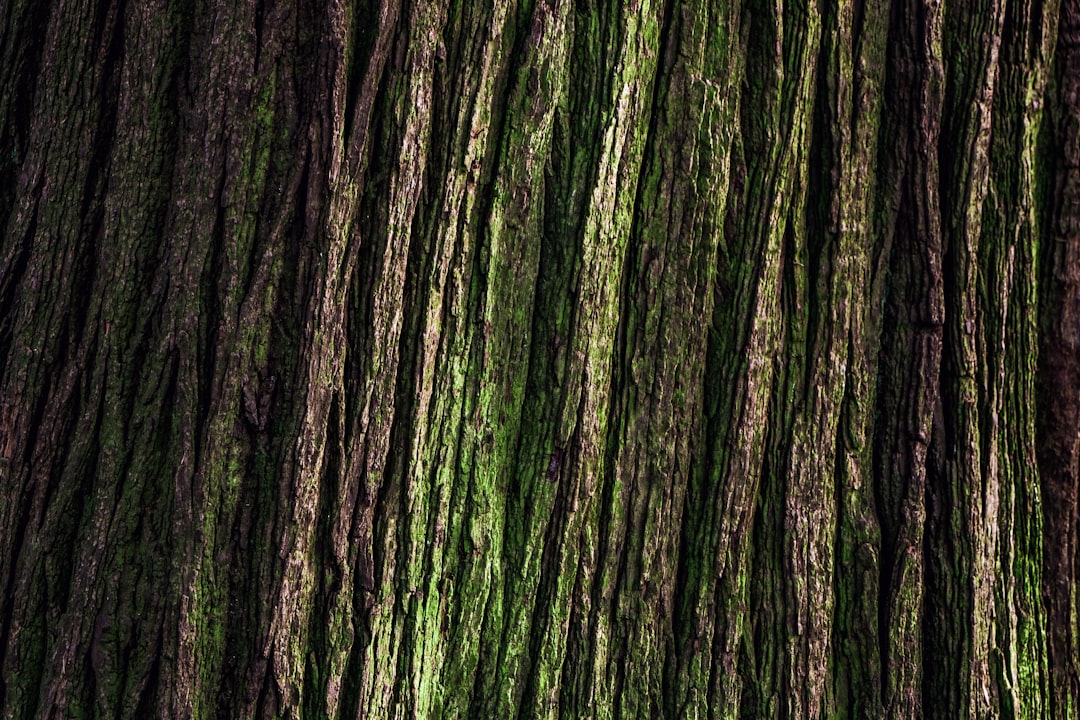What is it about?
In a previous paper, an algorithm for the least squares matching of overlapping 3D surfaces, which were digitized/sampled point by point using a laser scanner device, by the photogrammetric method or other techniques, was proposed [Gruen, A., and Akca, D., 2005. Least squares 3D surface and curve matching. ISPRS Journal of Photogrammetry and Remote Sensing 59 (3), 151–174.]. That method estimates the transformation parameters between two or more fully 3D surfaces, minimizing the Euclidean distances instead of z-differences between the surfaces by least squares. In this paper, an extension to the basic algorithm is given, which can simultaneously match surface geometry and its attribute information, e.g. intensity, colour, temperature, etc. under a combined estimation model.
Featured Image
Why is it important?
3D surface matching would be an ill conditioned problem when the curvature of the object surface is either homogenous or isotropic, e.g. for plane or spherical types of objects. A reliable solution can only be achieved if supplementary information or functional constraints are introduced.
Perspectives
The proposed method accommodates the available attribute information and surface geometry under a combined estimation model. If available, any kind of functional constraint can also be introduced to the system. The attribute information is utilized by generating the quasisurfaces in addition to the actual ones. Any type of attribute information contributes one more quasisurface layer to the data. Therefore, it generalizes the problem to matching of isosurfaces rather than single surfaces.
Dr Devrim AKCA
Isik University
Read the Original
This page is a summary of: Matching of 3D surfaces and their intensities, ISPRS Journal of Photogrammetry and Remote Sensing, June 2007, Elsevier,
DOI: 10.1016/j.isprsjprs.2006.06.001.
You can read the full text:
Resources
Contributors
The following have contributed to this page










